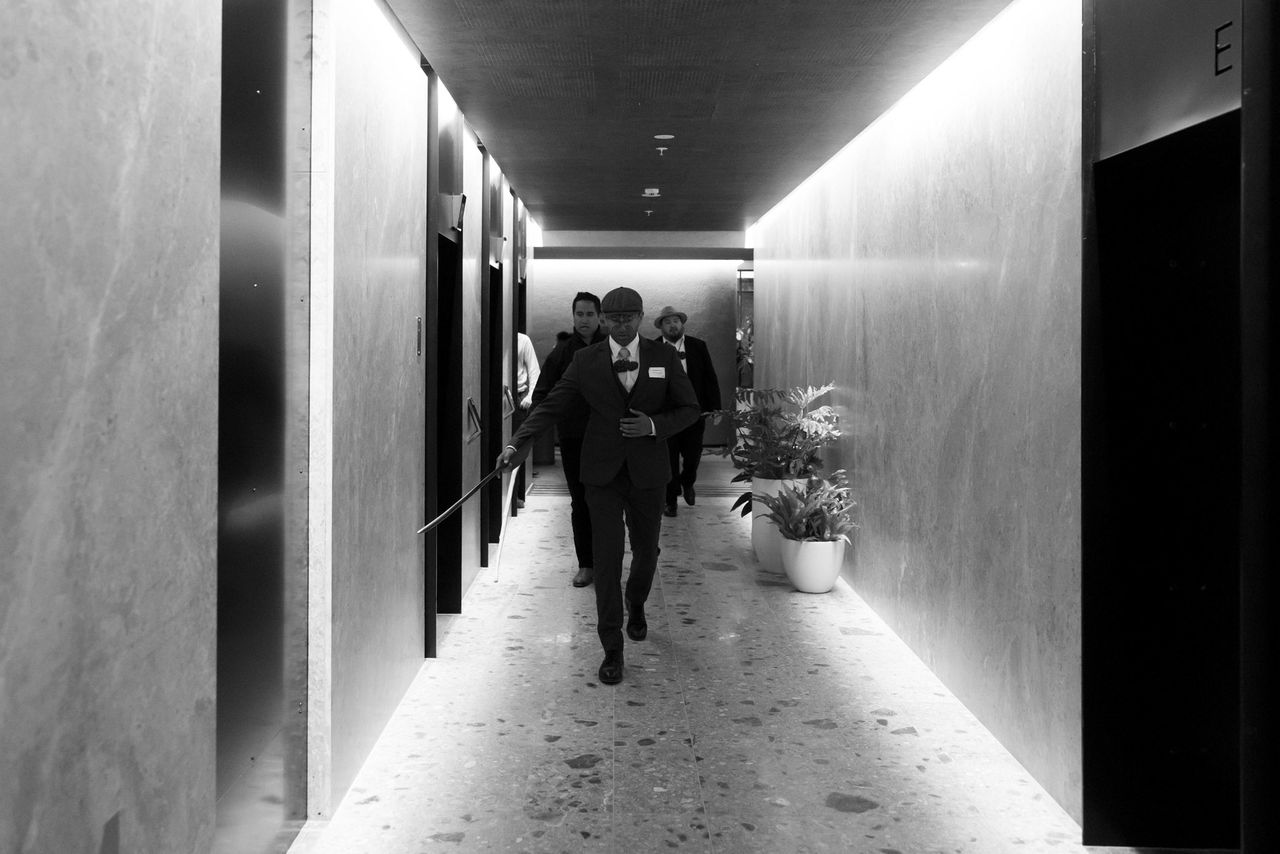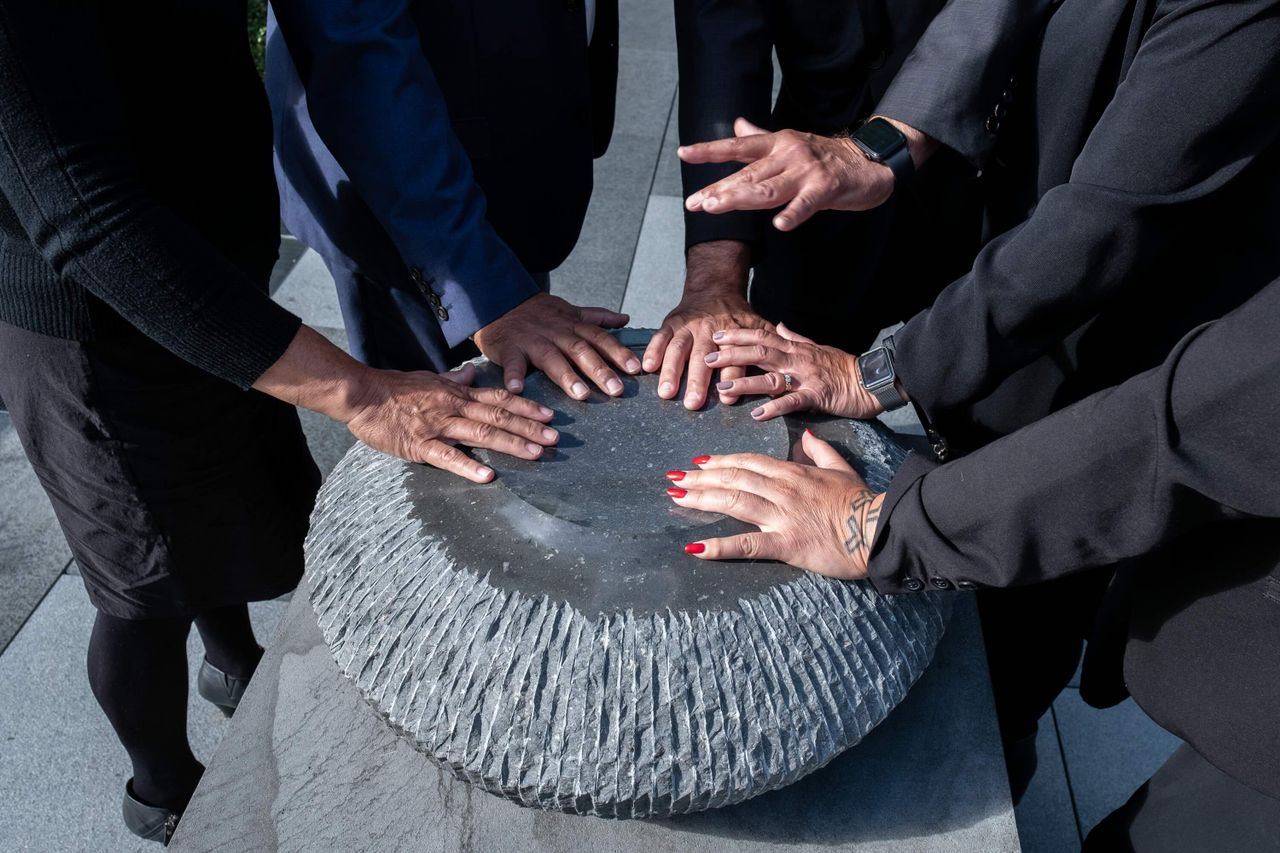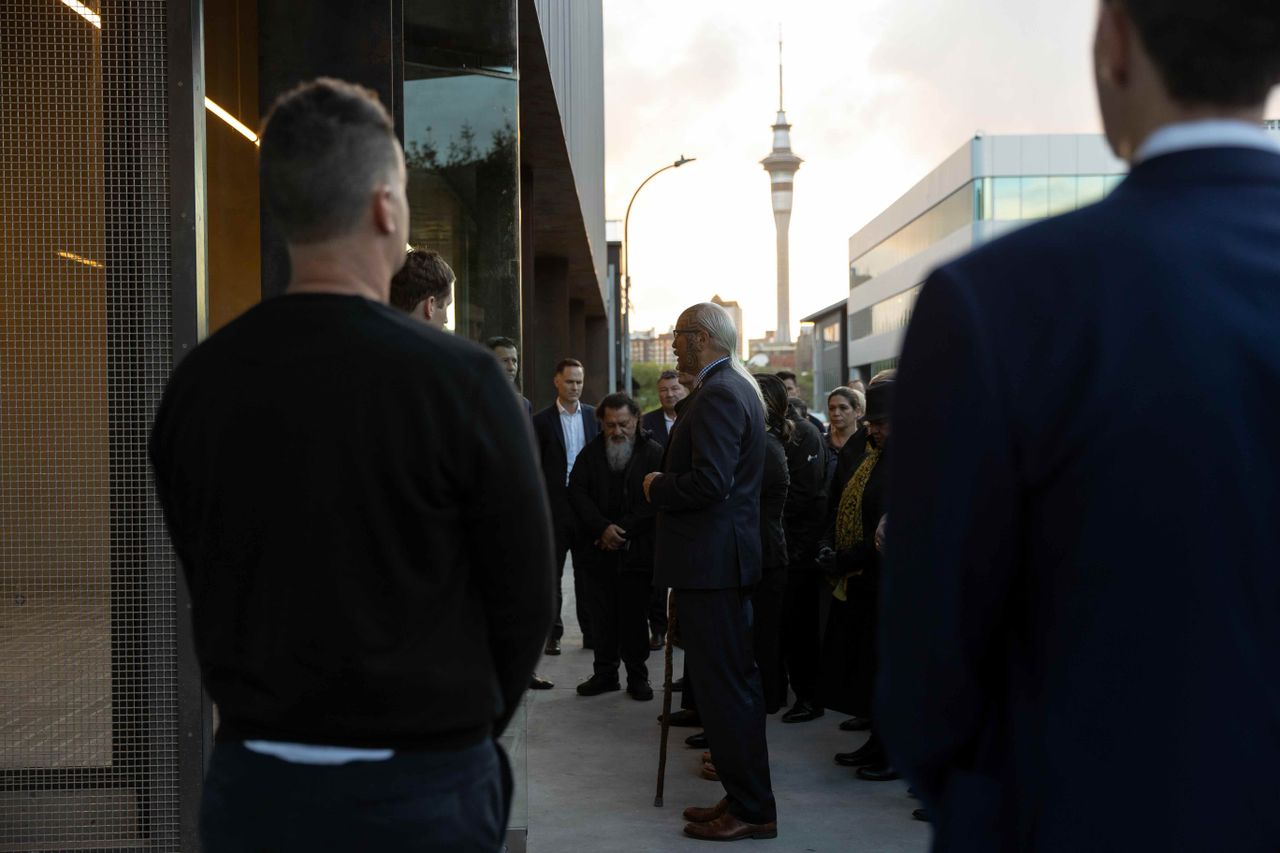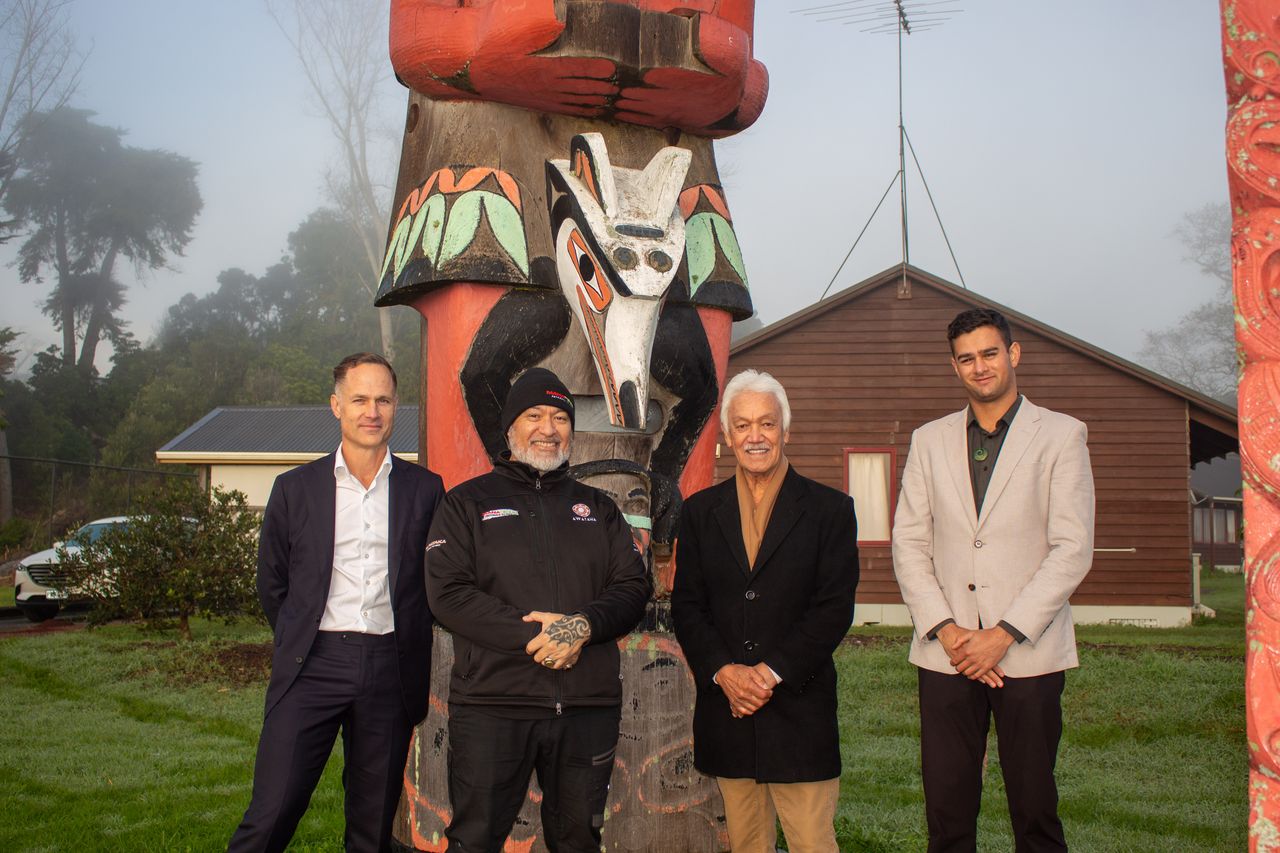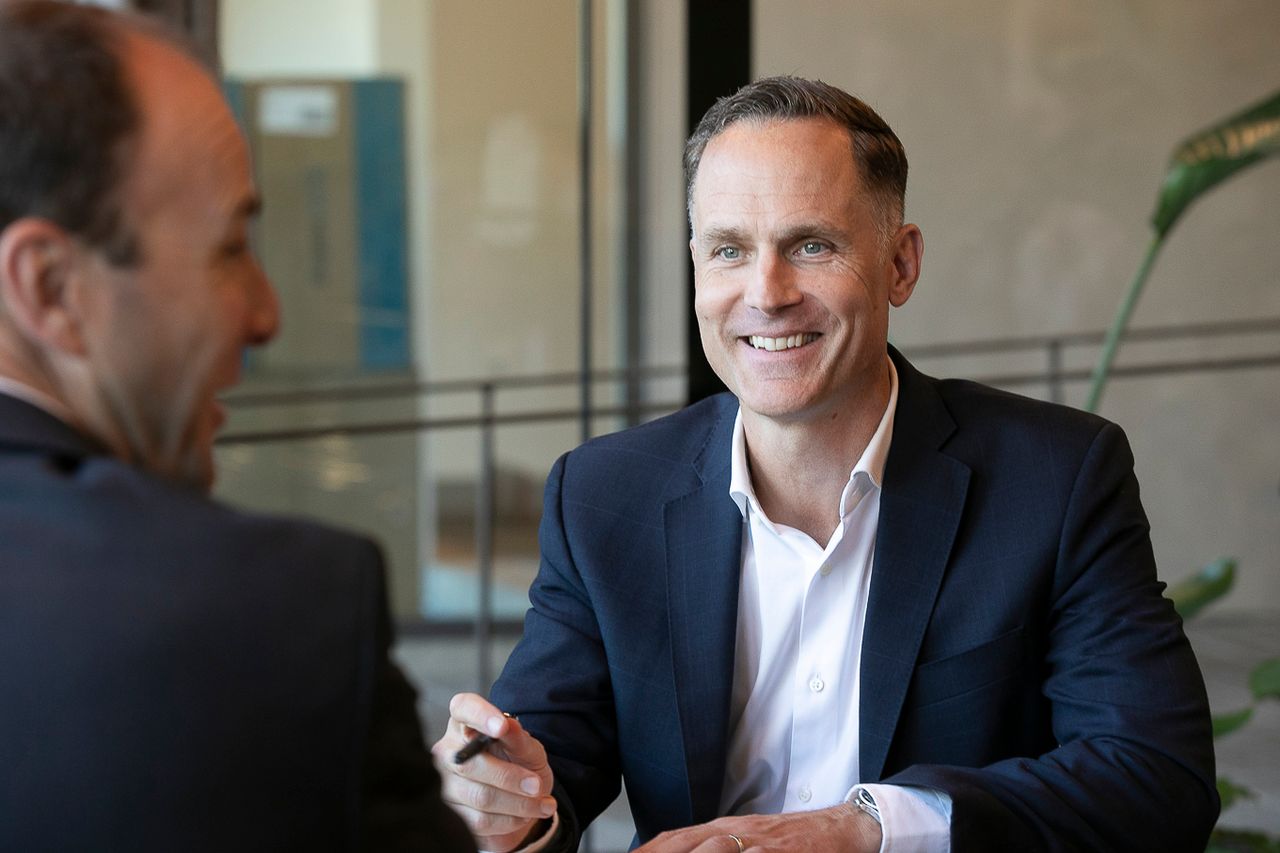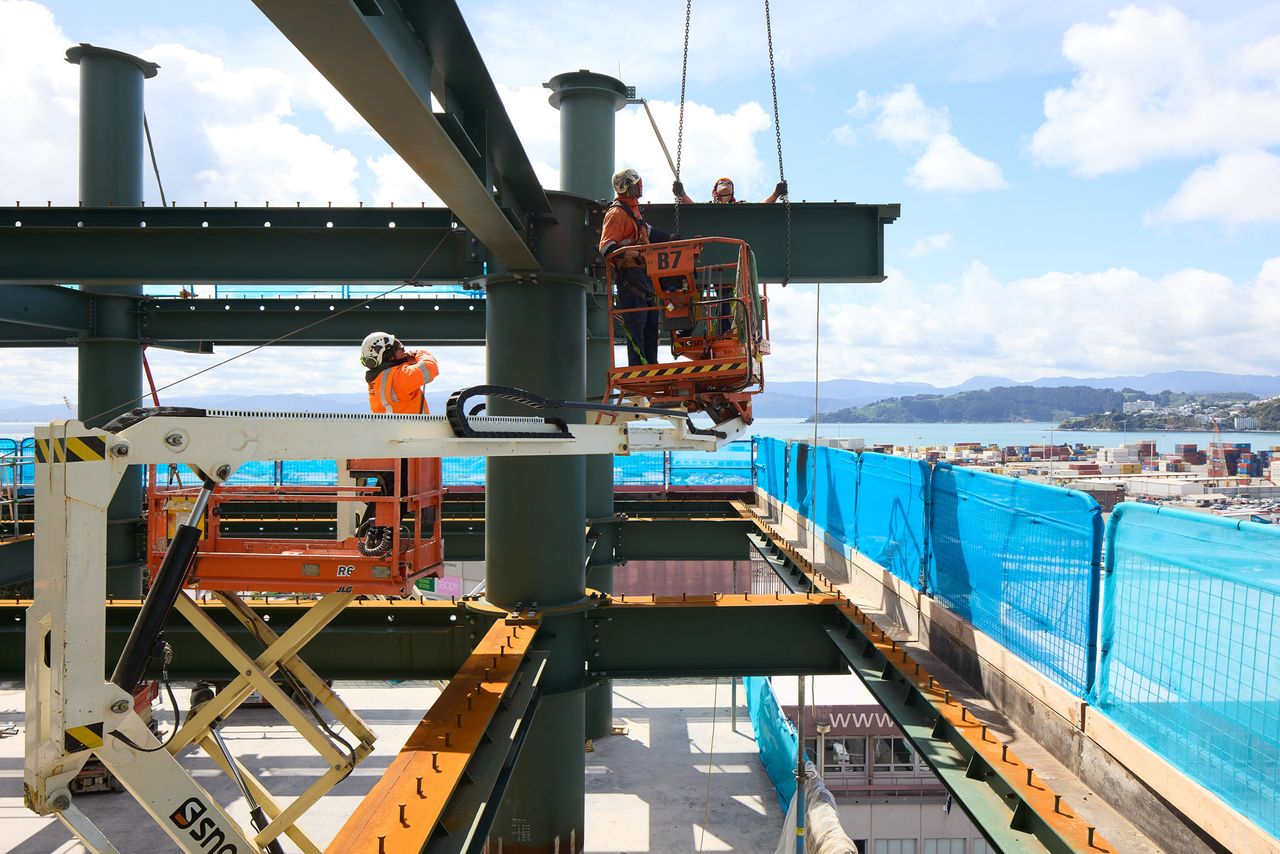News & Insights
Te Wiki o te Reo Māori
Author
Date
- 2025 September
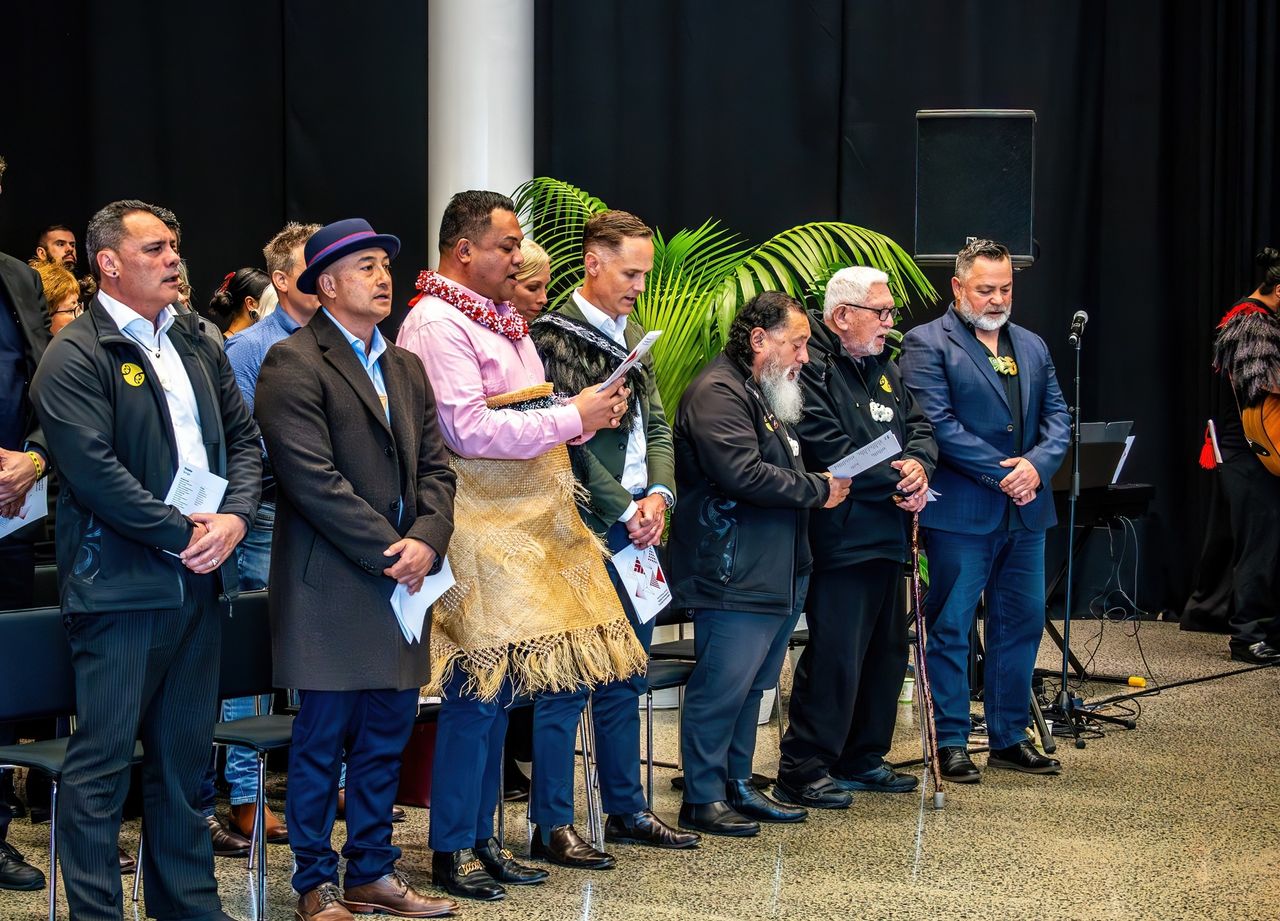
If we’re shaping the built environment, we need to respect its roots.
This year marks the 50th anniversary of Te Wiki o te Reo Māori, a legacy born from advocacy and cultural pride. In 1975, Māori language champions delivered a petition to Parliament that sparked a movement for reo revitalisation. That petition was about language, but also about identity, belonging, and justice.
Fifty years on, that movement has reshaped the way Aotearoa New Zealand understands itself. For those of us working in the built environment, it challenges us to ask: what does it really mean to honour place?
Shaping the future of our cities and communities begins with acknowledging the cultural and historical roots of the land we build on. This isn’t just a philosophical stance, it’s a practical one. We’ve seen first-hand how embedding te reo Māori and tikanga Māori into our projects strengthens relationships, deepens understanding, and leads to better outcomes.
Every project has a whakapapa. A site is never just a blank canvas. Whether we’re building homes, infrastructure, or commercial precincts, we are entering into a story that began long before us. It is a story held by mana whenua, woven into the land, and reflected in the language of the place.
Te reo Māori gives us a doorway into that story. Beginning with karakia brings focus and intention to a team, using reo in naming brings local pride and authenticity to a development, and sitting in kōrero with hapū and iwi leaders can reframe the very purpose of a project. Together, these practices help ground our work in context and allow us to move from simply delivering a project to co-creating spaces that reflect and respect the communities they serve.
